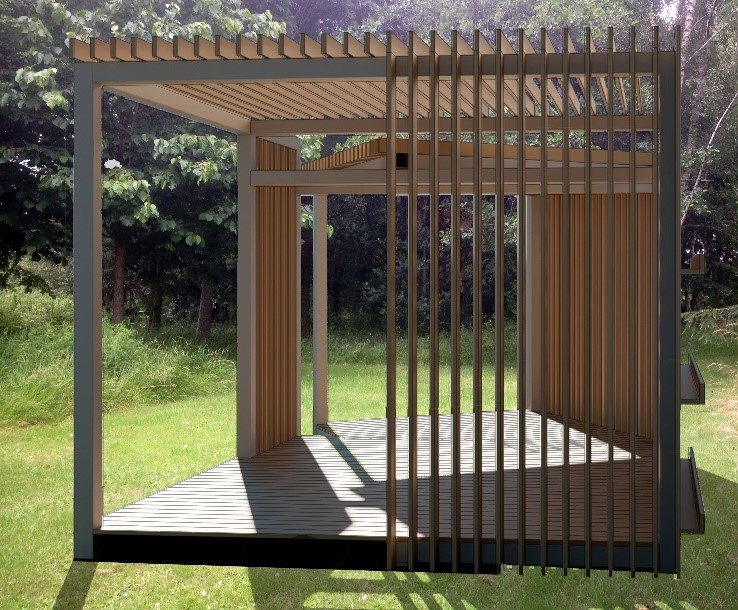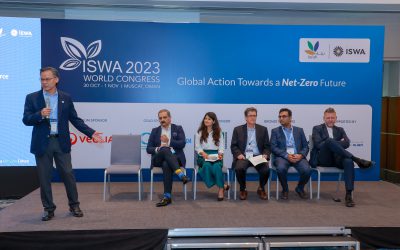Of course, composites are not just in wind turbines, and similarly in other applications they continue to act as a double-edged sword. Advanced composites have very attractive performance to weight ratios, thus offering enormous potential towards enhanced sustainability. In the automotive industry, a 10% reduction in weight results in a 6-8% reduction in fuel consumption. But if it all ends up in the scrap heap, what have we gained? In fact, considering the annual production of composite materials is expected to reach a value of $108 billion by 2023, the expected destruction of value is enormous.
ECOBULK is an H2020 funded, large-scale demonstration project that is proving that there are circular options for bulky composite products in the furniture, construction, and automotive industries. For example, in the labs of project partner Conenor, production is underway of extrusion profiles containing 35% FRP waste from wind turbines in a thermoplastic matrix. They have good physical properties, and best of all, they are fully circular. They will be used for lightweight and outdoor constructions, some of which will be placed at the new Kymiring motorsport park that is being built in Finland. They will also be used by ISWA member Lipor for outdoor shelters with a modular and circular design that uses the Circular Design Strategies and Guidelines developed by the work of the Technical University in Delft, the Netherlands. Meanwhile in the automotive sector, project partners Fiat and Maier have produced and are testing a new central console part that combines a front side of virgin plastic material with a recycled back side. This maintains aesthetic quality while increasing sustainability. The part should still be fully recyclable at end of life. Finally, in the furniture industry, a new modular furniture concept will be tested with new particle board formulation that will increase the recycled material use from 25% to 50%.
All of the demonstrations will be deployed and put to use in real world applications for the next year while more data is collected for real world economic, LCA and sustainability analysis. The full results will be available by the end of next year in 2021. You can visit the website and sign up for the newsletter to learn more. Or, if you are in the neighbourhood, drop by the ISWA stand at Ecomondo 2020 in Rimini and find out about this and many other interesting projects. Ecobulk will also be represented at the (now online) Recomp conference organised by Composites UK.
ISWA is one of many contributing partners within the Ecobulk project. Jose Uribe, Operations Director for ISWA, works closely along aside Georgiana Olivier, ISWA’s Communication Manager, with fellow Ecobulk participants to help report and disseminate their findings.



